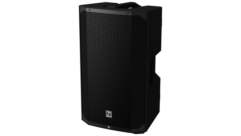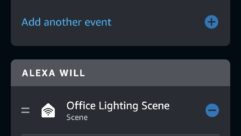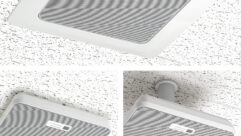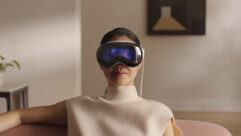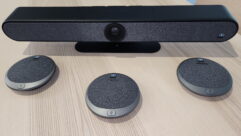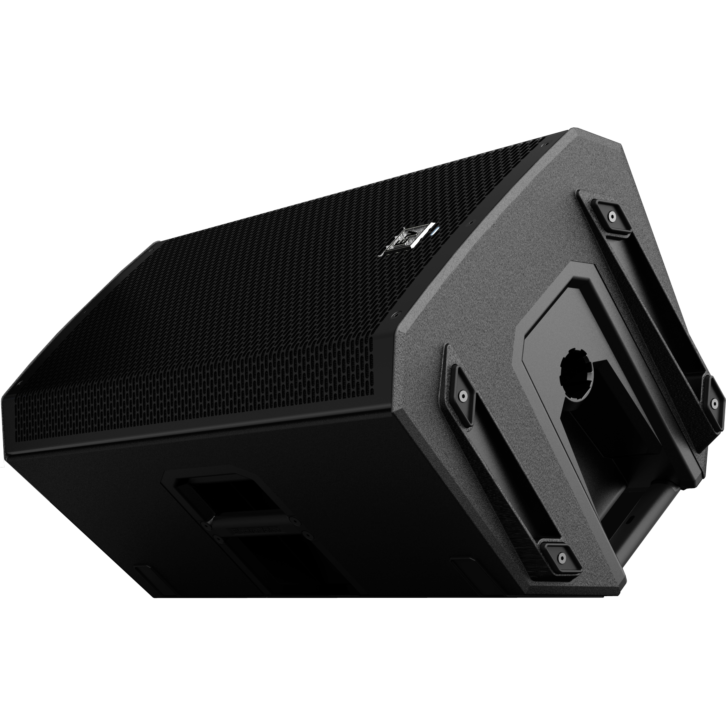
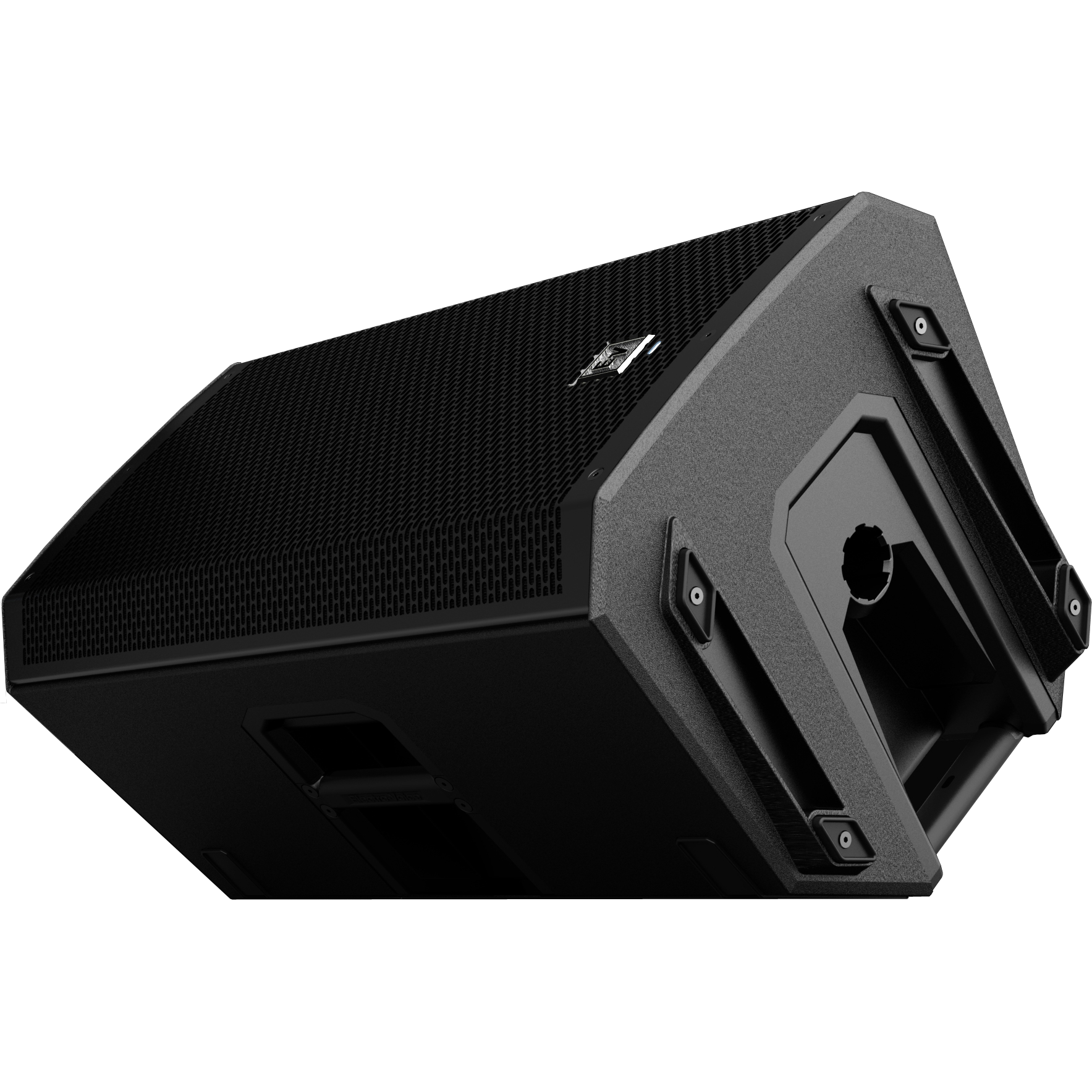
At Winter NAMM 2013 in Anaheim, Calif., the Electro-Voice (E-V) display was popular and crowded. After passing by several times, I stopped in to find out what the hubbub was all about. EV was holding a contest to see who could most quickly set up and configure their new ZLX speakers and get them prepared for use. It was a clever way to demonstrate that these speakers were very simple to deploy. As always, NAMM was populated with thousands of musicians with varying degrees of technical knowledge. Electro-Voice’s demonstration essentially showed that musicians with very little technical acumen could set up and configure these speakers every bit as quickly as seasoned professionals. I was impressed by this and made arrangements to take a look at this new system. Ultra-simple operation of moderately sophisticated digital signal processing with an LCD display is a welcome innovation for tech-challenged musicians and other non-professionals. I was excited to establish whether EV had managed to execute both notions successfully.
The ZLX-15P is formed of black polypropylene, and stands 27in. tall, 17in. wide, and 15in. deep. The surface of the polypropylene is textured, but not in a way that makes it easy to grasp. Whether Electro-Voice bore this in mind when they added an extra recessed and rubberized carry handle to the bottom rear of the enclosure, I don’t know. But when taken in conjunction with either the top or the side handle (also recessed and rubberized), picking up and moving the speaker is quite easy. The speaker is only 38lbs. to begin with, so it’s not a challenge to tote around. It’s primarily intended for use by musicians, not all of whom may possess a bodybuilder physique, so the low weight is welcome. The carry handles just make it all the friendlier in terms of getting it where you want it. That said, I’m still not very fond of the polypropylene surface—it just feels slippery to me. I am pleased with the metal front grille of the speaker, which is black powder-coated, 18-gauge steel with oval-shaped openings. Behind that is a very open mesh, evidently coated in plastic or rubber, adding to the protection of the drivers. If a client wants the EV badge removed for aesthetic reasons, it appears to be relatively easy to do so. On that same note, the power-indicator LED on the front face of the cabinet can be turned off with the rear-panel controls. Also this cabinet sports some pretty sharp angles compared to a lot of other plastic speaker-on-a-stick offerings from other manufacturers, which tend to be quite curvilinear these days. I would describe the styling as “high-tech,” and it’s definitely pleasing to my eye.
The rear panel of the speaker is formed of metal, and features cooling slots at the top and bottom, an IEC AC power inlet and power switch near the bottom, and the speaker’s I/O and simple controls near the top. The I/O is also simple but largely adequate—two balanced inputs that accept both 1/4in. TRS and XLR plugs, and a 1/8in. TRS “auxiliary” input and female XLR jack, representing a “loop-through” output for daisy-chaining. The primary inputs are intended for signals from mics, mixers, or DI boxes associated with musical instruments. The auxiliary input is intended to accept signal from smaller audio playback devices—typically handheld smart devices such as iPads, iPods, and Androids. I had only one minor disappointment in terms of I/O—no RCA inputs. The speaker’s controls are among its features that stand out for me as big positives. It literally has just three knobs, the two smaller of which represent gain controls for the two main inputs—they’re located right next to their respective inputs, and the topmost of which also determines input gain for the auxiliary input. The large knob is a rotary data encoder and also a push button. Virtually the entirety of the speaker’s operation is controlled via this knob. A crisp white-on-blue LCD display is situated next to that knob to display information. Turning the knob navigates the menu, and pushing the knob as a button confirms an entry.
The main focus of Electro-Voice’s ZLX speaker competition at NAMM 2013 was the configuration of levels and DSP. With the single knob/pushbutton controls, I discovered that indeed, a person could quickly and easily get the speaker ready to go to work. The default display upon powering the system is input gain, displayed on the LCD screen as a numerical value in dB, along with a meter. A push of the button reveals a menu that includes the following branches, from top to bottom: mode, location, treble, bass, sub, LED, LCD dim, contrast, reset, info, and exit. The mode branch chooses one of four (presumably EQ curve) settings: music (pre-recorded music), live (vocals and live instruments), speech (spoken word), and club (pre-recorded electronic music). The location branch offers three options: pole, monitor, and bracket, which optimize DSP for spatial and boundary variances. The treble and bass branches offer 10dB of boost or 10dB of cut with the system’s shelving equalizers. The sub branch alters DSP to reflect whether the speaker is augmented by a subwoofer, and if so, at which frequency crossover occurs: 80Hz, 100Hz, 120Hz, or a very specific setting for use with EV’s ELX118P. The LED branch toggles the front-panel LED on, off, or into “limit” mode, during which the LED only illuminates when the speaker’s internal limiter is engaged. The LCD dim branch toggles whether the display automatically dims after 30 seconds of inactivity. The contrast branch adjusts the contrast of the LCD display. The reset branch offers a means to reset the entire system to factory defaults, and the info branch presents information about model and current firmware. The exit branch simply returns to the top of the menu.
Related Links

Electro-Voice ZX1-Sub Subwoofer
The EV-engineered 12in. ZX1-Sub woofer operates in the 42Hz to 200Hz (-10dB) frequency range….
With these very simple controls, it is easy for non-technical musicians or inexperienced AV technicians to configure the speaker based on its environment and application. I found it easy to navigate the menu and make changes as necessary. Other little touches that add to the ease of use are the light, deliberate click that’s audible through the speaker upon power-up and the “smart” 1/8in. auxiliary input, which automatically represents either mono or both channels of a stereo signal from a single speaker, contingent upon which is connected. The click is a pleasant surprise, providing useful feedback to the user to indicate power-up without having to even look at the speaker.
I subjectively listened to a variety of genres of prerecorded music, and was quite pleased with the fidelity. I listened at both low and high SPLs, and found virtually no unpleasant distortion at lower levels and only a little at the upper end of loudness. The published frequency response is 55Hz to 18kHz, and this is honest. Actually, I was impressed with the substantial low-end response. To my ear, these speakers provide more bass than other similar products. Maximum SPL is rated at 127dB, and indeed, with the Class D amplification and limitations imposed by the polypropylene enclosure, distortion does manifest, but really only at the upper limits of the speaker. The 90-degree x 60-degree dispersion pattern of the HF driver is useful for both musical and spoken-word applications, and is spectrally consistent throughout the pattern.
Considering price, weight, and ease of use, these speakers are quite good, in my opinion, particularly considering price. They deliver solid low end, good fidelity, and are very easy to use. Less-experienced technicians won’t struggle with them, and experienced hands will breeze very quickly through set up. The Electro-Voice ZLX-15P is a very good choice for a smaller budget.
PRODUCT SUMMARY
Pros: Good fidelity, solid bass, easy to use, lightweight, helpful smart features
Cons: Surface does not offer much grip, no RCA inputs
Applications: Recorded music reproduction, live vocals and instruments, spoken word
Price: $499.99
SPECIFICATIONS
Frequency response: 55Hz to 18kHz (Music DSP preset)
Frequency range: 42Hz to 20kHz (Music DSP preset)
Maximum SPL: 127dB
Coverage (Hor. x Vert.): 90°x60°
Power rating: 1,000W
LF transducer: EVS-15L, 15in. woofer
HF transducer: DH-1K
Connectors: Output: (2) XLR/TRS combo Jack, (1) 3.5mm. input, and (1) XLR link
Enclosure: Polypropylene
Grille: 18-Gauge steel with black powder coat
Dimensions (HxWxD): 27’’x17’’x15’’
Net weight: 41.8lbs.
Shipping weight: 50.7lbs.
John McJunkin is the principal of Avalon Podcasting in Chandler, Ariz., and produces and co-hosts a top-rated morning radio talk show in Phoenix. He has consulted in the development of studios and installations, and provides high-quality podcast and voice production services.


